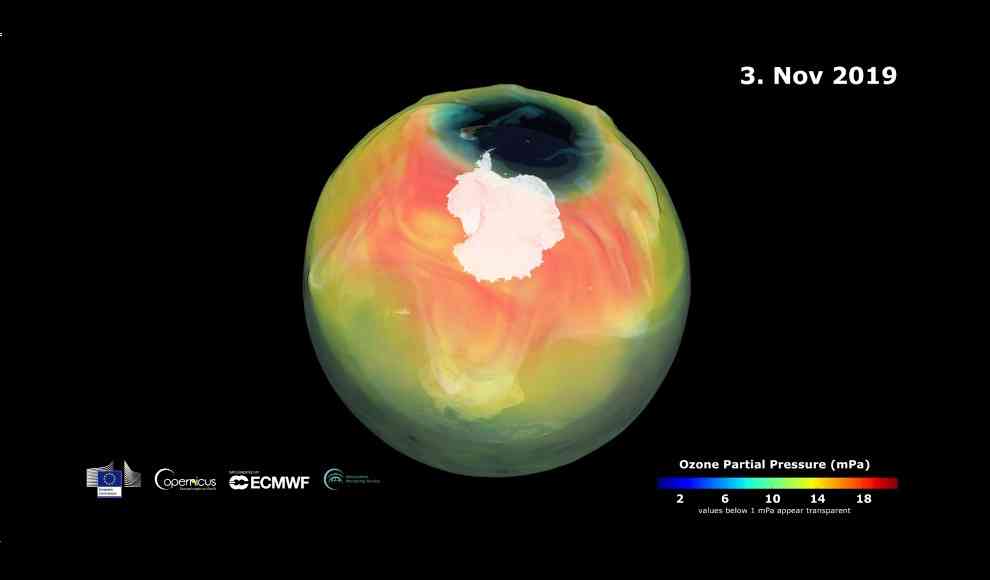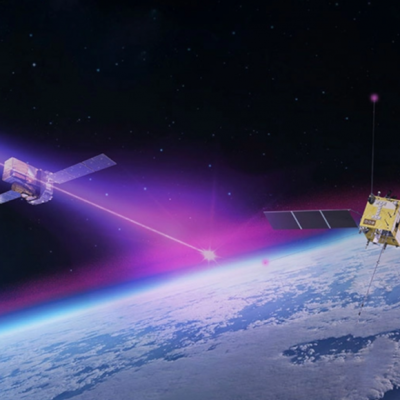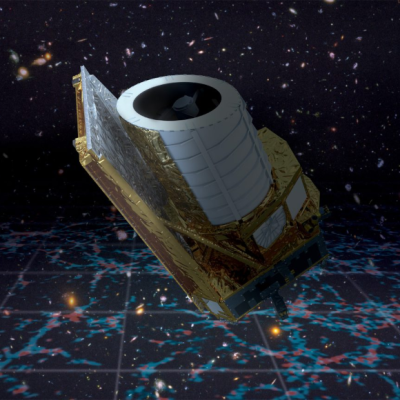The ozone hole over Antarctica in 2019 is only about half the size of previous decades and is closing unexpectedly early. The ozone layer acts as a natural shield for the Earth, filtering out some of the ultraviolet radiation that can cause skin cancer. However, human-induced emissions of chlorofluorocarbons (CFCs) have caused the ozone concentration in the stratosphere to decrease since the 1980s. The size of the ozone hole changes every year depending on the temperature in the stratosphere and the polar winds. In response to the ozone hole, many countries agreed to the Montreal Protocol in 1987 to protect the ozone layer, which includes a ban on the production of ozone-depleting chemicals such as CFCs. Despite this, measurements show that China still produced large amounts of illegal CFC emissions in 2019, violating the Montreal Protocol.
Despite this negative news, the European Space Agency (ESA) reports that the ozone hole over Antarctica is closing faster this year than in previous years. Scientists report that the ozone hole is currently as small as it was about thirty years ago. In 2019, a maximum extension of ten million square kilometers was measured, which is about half the size that the ozone hole reached in previous decades. Additionally, the ESA researchers observed that the ozone hole is closing much earlier this year than in previous years. Claus Zehner of the ESA explains that “this record-breaking size and duration of the small ozone hole in 2019 was caused by warming of the stratosphere over the South Pole.” However, the scientist also points out that this is likely an exceptional situation and that it cannot be concluded from this unique observation that the ozone layer is recovering faster than expected.
The Montreal Protocol has been successful in reducing the production of ozone-depleting chemicals, but it is clear that more needs to be done to prevent illegal emissions. The unexpected early closure of the ozone hole over Antarctica in 2019 is a positive development, but it is important to continue monitoring the situation and taking action to protect the ozone layer.










